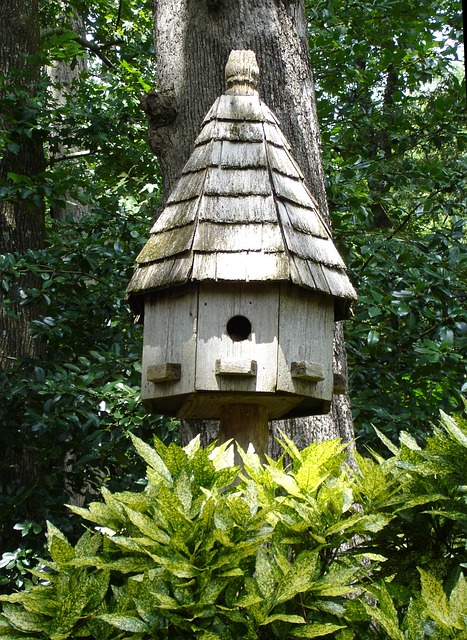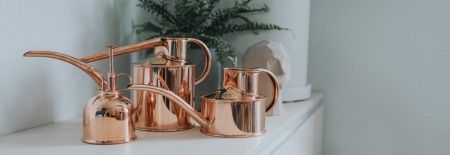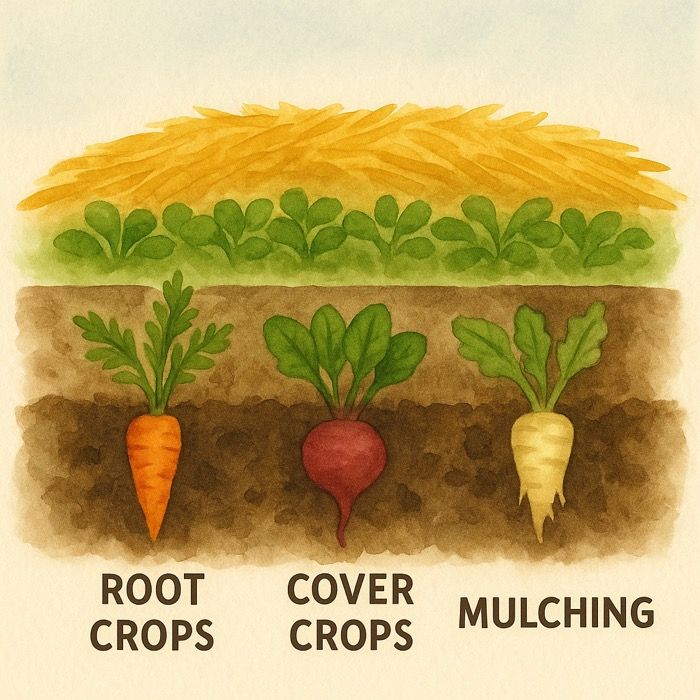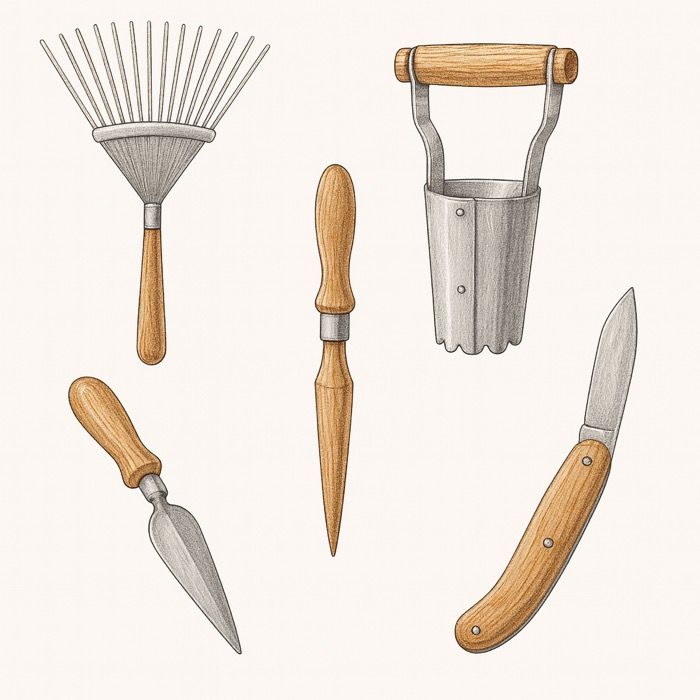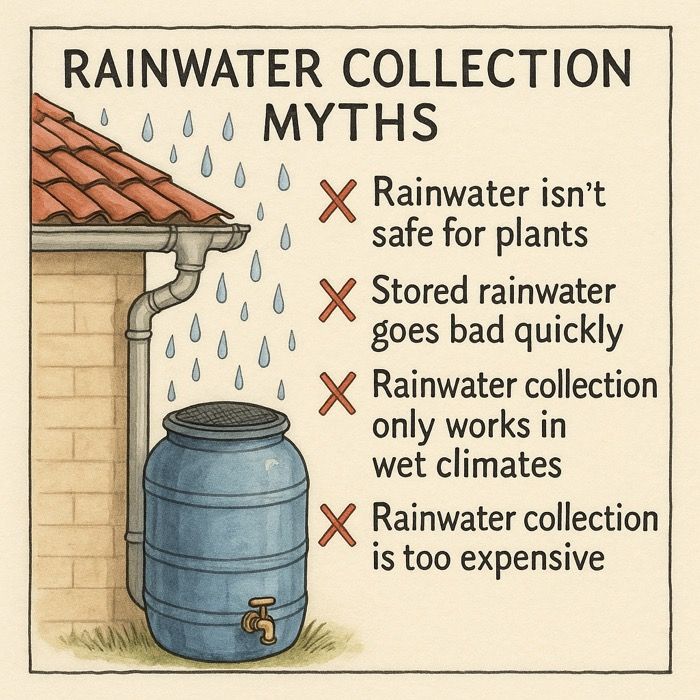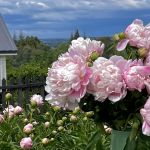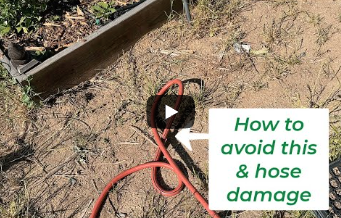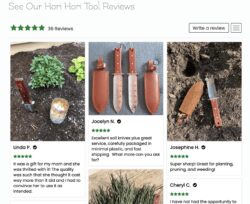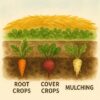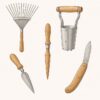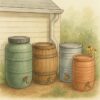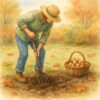Why You Should Add a Birdhouse to Your Garden – The Benefits of Birds in Your Garden
Adding a birdhouse to your garden is more than just a decorative touch—it’s a way to support local wildlife and reap the benefits of having birds in your outdoor space. By providing a safe nesting site, birdhouses attract a variety of feathered friends that enhance your garden’s health, beauty, and ecological balance.
The Benefits of Birds in Your Garden
Birds play a crucial role in maintaining a healthy and thriving garden ecosystem. They provide:
- Natural Pest Control – Birds like chickadees and bluebirds feed on pests, reducing the need for chemical pesticides.
- Pollination – Hummingbirds and orioles are essential pollinators, helping flowers bloom and reproduce.
- Seed Dispersal – Birds like finches aid in spreading seeds, promoting the growth of native plants.
- Aesthetic Appeal – Birds bring life and beauty to your garden, creating a peaceful and enjoyable environment.
Birdhouses also directly benefit the birds themselves. With urban development and loss of natural habitats, birdhouses offer crucial nesting and shelter options. Many bird species, especially cavity-nesters like bluebirds and chickadees, face a shortage of natural nesting sites, and a well-designed birdhouse can help them thrive. Additionally, birdhouses provide protection from predators and harsh weather, giving birds a safe place to raise their young.
Types of Birdhouses and What They Offer
Birdhouses come in different shapes and sizes, each suited to specific bird species. Here’s a breakdown of some popular types:
| Species | Hole Size | Design | Specifics | Height of House | Notes |
|---|---|---|---|---|---|
| Bluebird | 1.5 inches | Simple wooden structure | Predator guards recommended | 5-10 feet | Place in open areas; avoid heavily wooded spots. |
| Wren | 1 inch | Small and compact | Hang in trees or shrubs | 6-10 feet | Wrens aren’t picky and readily use different designs. |
| Purple Martin | 2 inches | Multi-compartment structure | Requires open space, often near water | 10-20 feet | Attract with open space and water nearby. |
| Chickadee | 1.25 inches | Insulated wooden box | Proper ventilation and drainage needed | 5-15 feet | Ideal for wooded areas with some cover. |
| Sparrow | 1.5 inches | Basic wooden design | Position near buildings or sheltered areas | 5-15 feet | Monitor to prevent overpopulation of sparrows. |
| Woodpecker | 2 inches | Durable, often with metal | Hardwood or metal guard around entrance | 10-20 feet | Place near mature trees; use hardwood construction. |
| Owl | 3-4 inches | Deep interior | Large and secluded design | 10-30 feet | Ideal for screech owls; mount in forests. |
| Swallow | 1.5 inches | Gourd or box-style | Open space required with nearby perches | 8-12 feet | Attracts swallows near water; use multiple houses. |
| Titmouse | 1.25 inches | Wooden box with thick walls | Good drainage is essential | 5-15 feet | Place in wooded areas; ensure proper ventilation. |
| Nuthatch | 1.25 inches | Tall, narrow design | Mount directly on tree trunks | 5-20 feet | Metal guard recommended to deter predators. |
| Hummingbird | Open shelf | Platform or nesting shelf | Open design, no enclosed house | 5-15 feet | Place near nectar-rich flowers or feeders. |
How to Attract Birds with Proper Birdhouse Placement
Placement is key to making your birdhouse successful. Follow these tips for best results:
- Height – Install birdhouses at the correct height, depending on the species. For example, bluebird houses should be 5-10 feet high.
- Direction – Position the entrance hole away from prevailing winds to keep the interior dry.
- Protection – Use predator guards or baffles to deter snakes, raccoons, and squirrels.
- Location – Place birdhouses near natural food sources or water to make them more attractive.
How to Orient the Birdhouse
Proper orientation of your birdhouse is crucial to ensure the comfort and safety of its inhabitants. Start by positioning the entrance hole so it faces away from prevailing winds; this helps keep the interior dry and sheltered from harsh weather. In most regions, orienting the birdhouse entrance towards the east or southeast is ideal, as it provides morning sunlight to warm the nest and avoids intense afternoon heat. Additionally, make sure the birdhouse is mounted securely and at the correct height for the species you wish to attract, as this will minimize the risk of predation. Consider placing the birdhouse near natural cover, such as shrubs or trees, which can offer some protection without obstructing the flight path. With thoughtful orientation, your birdhouse becomes a safe and inviting haven for nesting birds.
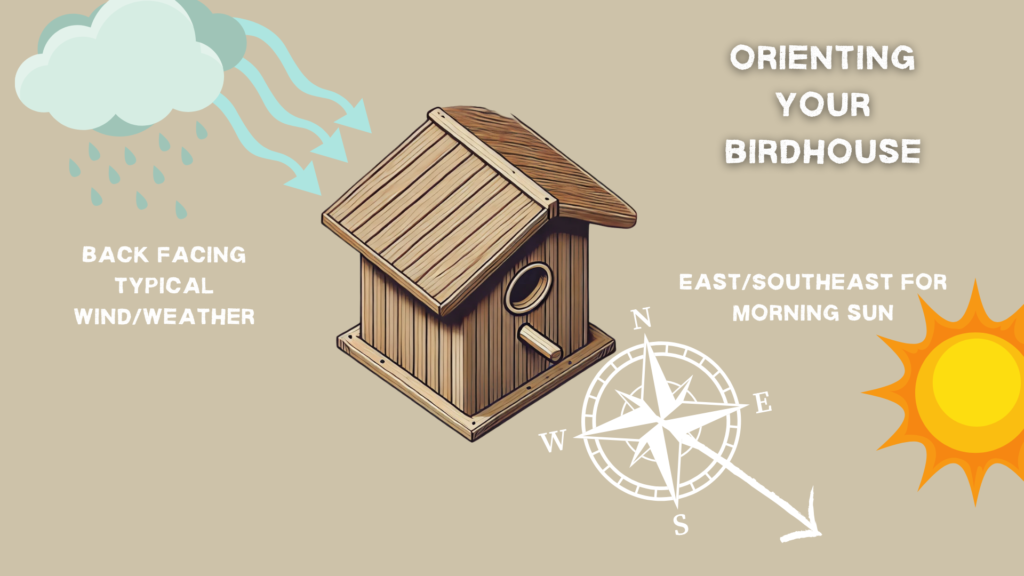
Master Gardener Tip: To maximize the benefits of having birds in your garden, strategically pair birdhouses with bird feeders. By placing a bird feeder nearby, you can attract a variety of bird species, providing them with both shelter and a reliable food source. Make sure to position the bird feeder at a safe distance from the birdhouse (about 10-20 feet away) to avoid disturbing nesting birds while still offering easy access to nourishment. This setup not only supports birds’ nesting and feeding habits but also enhances your garden’s overall activity and beauty, creating an inviting and vibrant environment for both you and your feathered visitors.
Master Gardener Steve
Houses+Feeders+Baths = Happy Birds
Adding bird feeders and bird baths to your garden complements birdhouses and creates a well-rounded sanctuary for your feathered visitors. Feeders provide a consistent food source, attracting a wide variety of birds and keeping them nourished, especially during times when natural food may be scarce. Bird baths offer a place for birds to drink and bathe, which is essential for keeping their feathers clean and in good condition. Together, birdhouses, feeders, and bird baths form a welcoming habitat that supports birds’ nesting, feeding, and self-care needs. This not only benefits the birds but also enhances the vibrancy and biodiversity of your garden, offering endless birdwatching opportunities and fostering a thriving, balanced ecosystem.
Designing Bird-Friendly Birdhouses
To ensure birds feel comfortable and safe, include these essential features in your birdhouse design:
- Beware Cheap Houses – Most of the inexpensive bird houses sold online or made overseas with no care for the toxicity of materials, finishes, and paint. Buy houses of natural materials to keep your bird safe.
- Proper Entrance Hole Size – Each species has specific requirements to keep predators out.
- Ventilation – Holes near the top for air circulation.
- Drainage – Bottom holes to keep the nest dry during rain.
- Easy Cleaning Access – A removable panel for end-of-season cleaning.
Functional birdhouses prioritize the needs of birds while adding charm to your garden.
Maintaining Birdhouses for Long-Term Use
Regular maintenance keeps birdhouses safe and inviting:
- Seasonal Cleaning – Remove old nests, debris, and waste at the end of each nesting season.
- Repairs – Fix any damage, like loose panels or cracks, to ensure the house remains weatherproof.
- Pest Prevention – Check for infestations and deter wasps or rodents as necessary.
By adding a birdhouse to your garden, you invite a host of benefits while supporting local bird populations. Enjoy the sights and sounds of nature as birds help maintain a balanced ecosystem, contributing to the health and vitality of your outdoor space. Make your garden a haven for birds, and you’ll be rewarded with beauty, serenity, and a thriving, pest-free environment.

